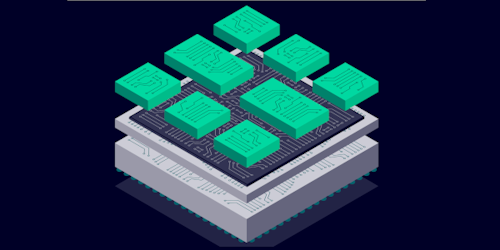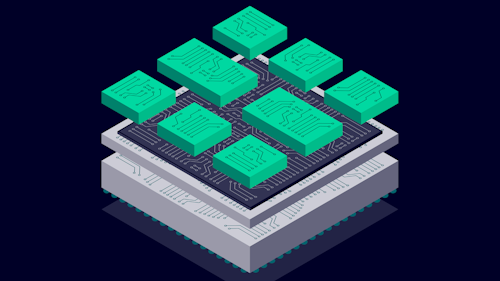NVH challenges differ for vehicles with combustion engines, electric and hybrid vehicles. Electric drivetrain noise is less prominent but tonal. For hybrid vehicles, one must ensure that the suddenly starting exhaust motor does not exceed the background noise. It is challenging for automotive OEMs to find technologies to verify the vehicle NVH performance for all variants as early in design as possible. Therefore, solutions are needed that enable target assembly noise predictions from individual component models. Those components should be derived from tests or simulations to reduce costly and time-consuming design iterations and physical prototyping. Component-based TPA (C-TPA) is a relatively new solution that enables a quick assessment of many design variants and permanent proactive control of noise, vibration, and harshness (NVH) performance. C-TPA allows the early detection of potential NVH issues and system optimization in development.
Download the white paper to continue reading about the guidelines for predicting component NVH performance before building the first vehicle prototype.



